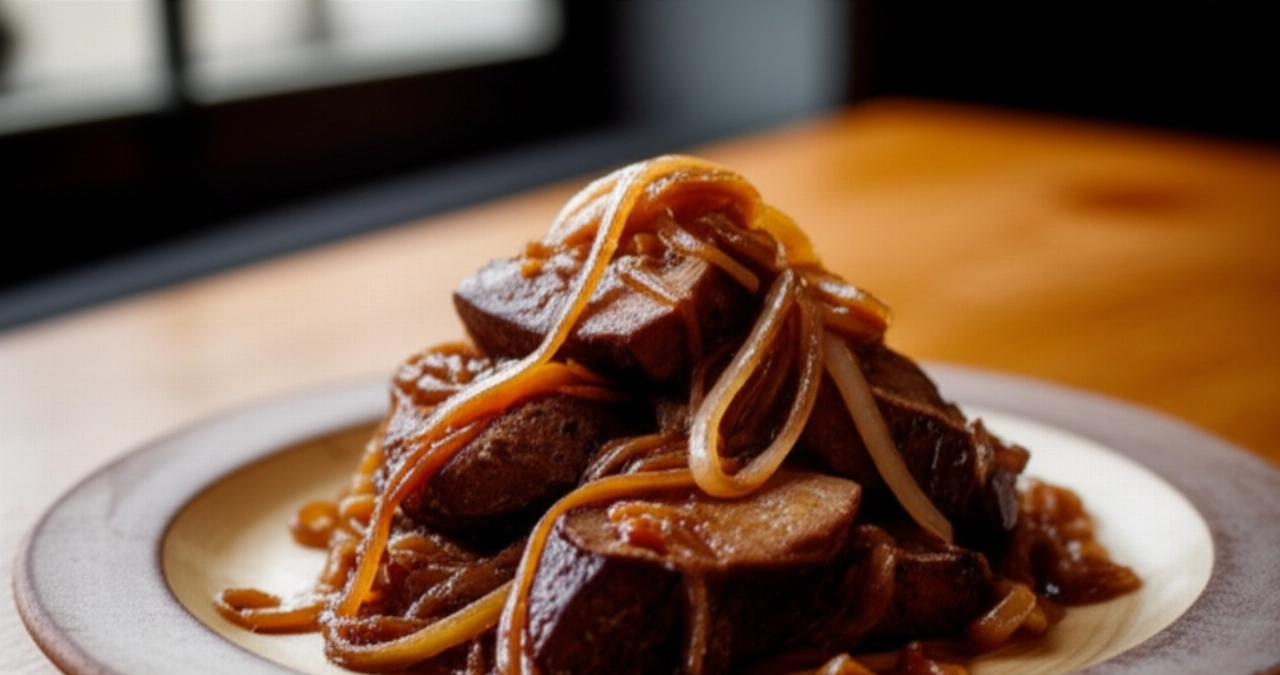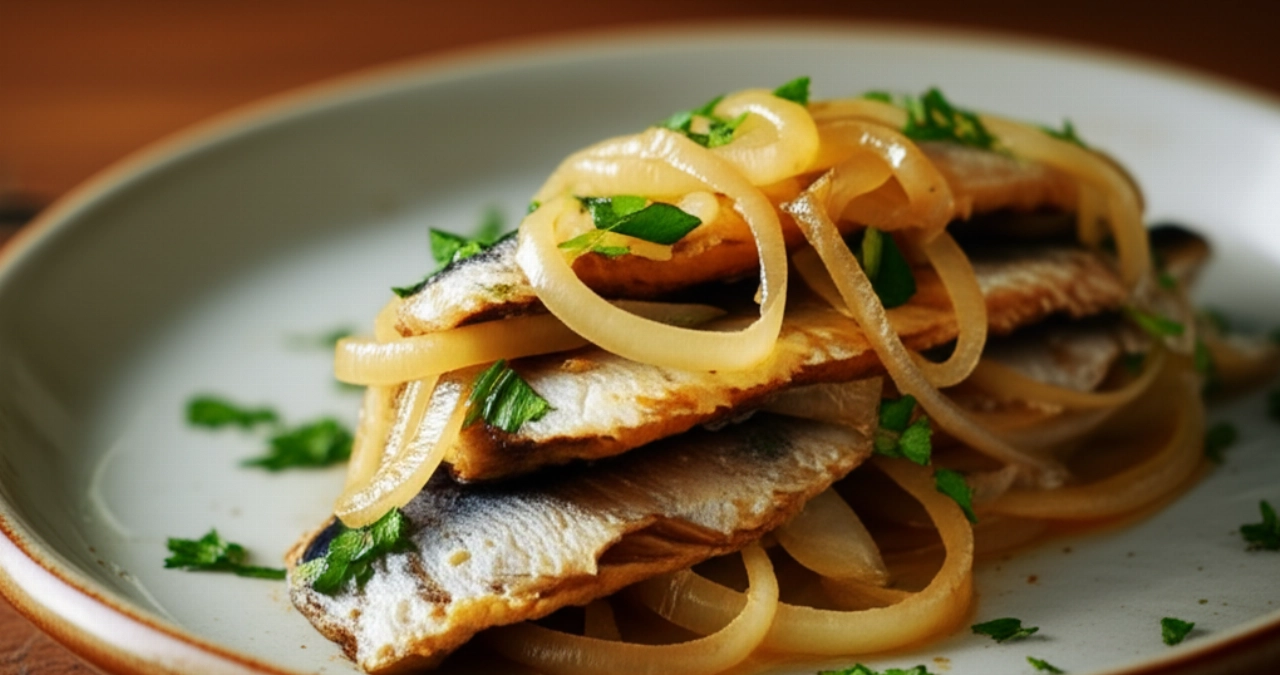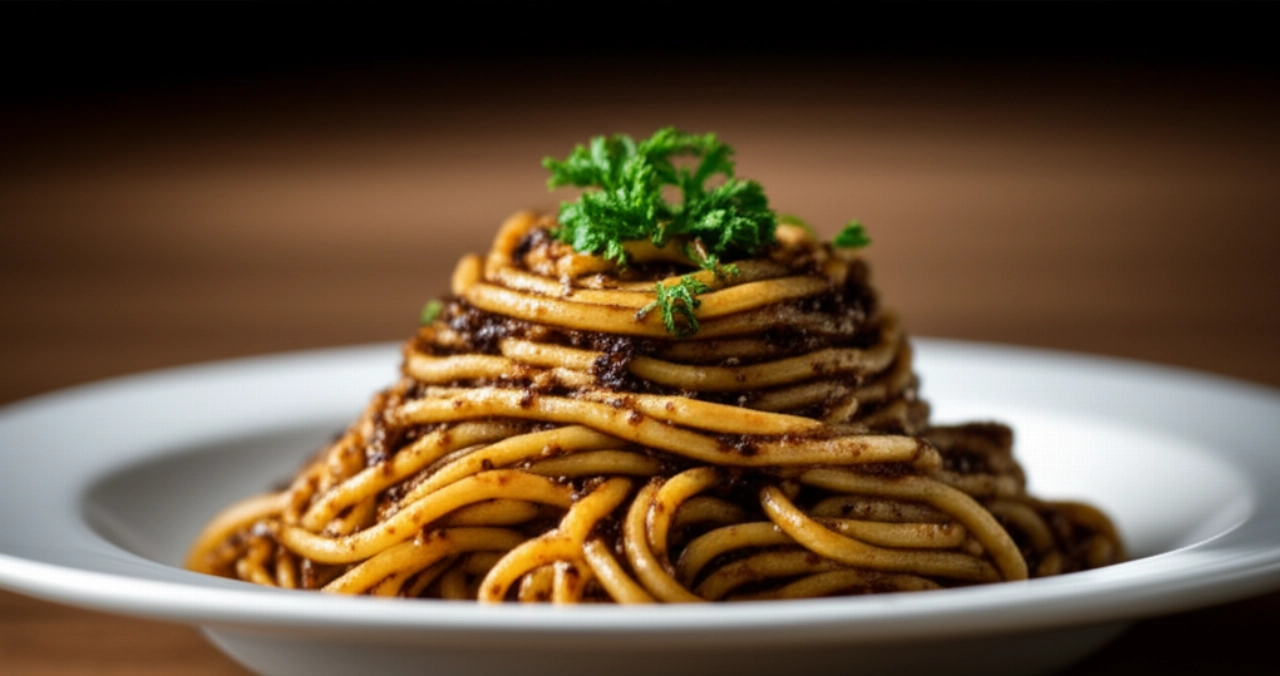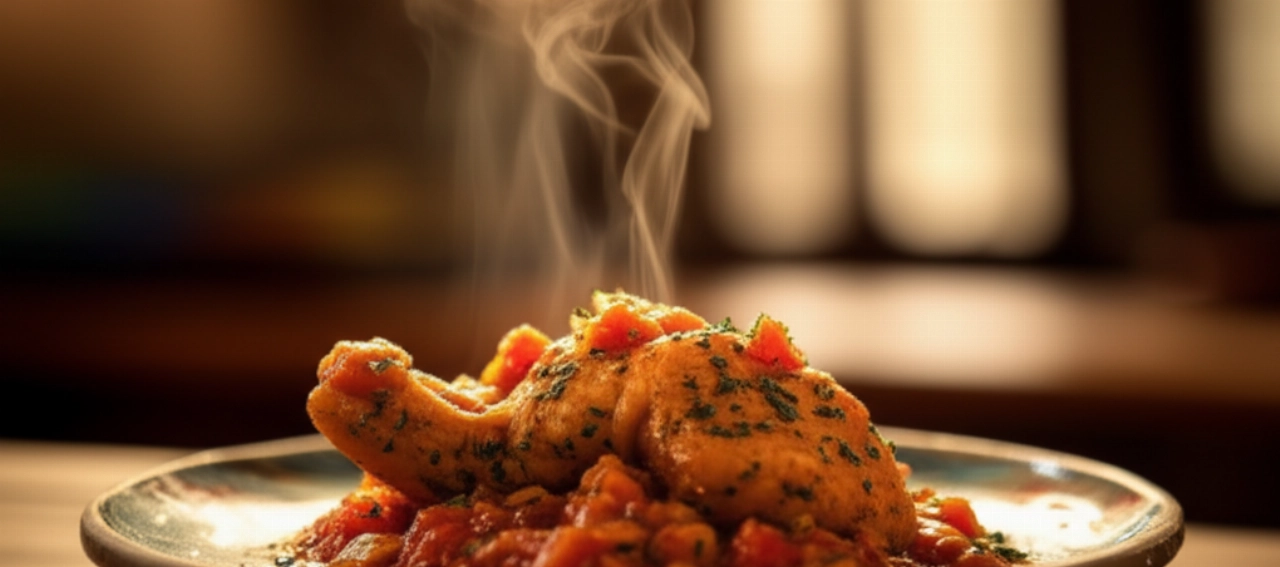Have you ever dreamed of bringing to the table those shiny, perfectly tender agrodolce onions, with a balance of flavors that makes you close your eyes in pleasure? A side dish that pairs with everything, from roast to fish, or that becomes a delightful appetizer to enjoy with good homemade bread.
But how many times have you ended up with soft, too acidic, excessively sweet, or, worse, bitter-tasting onions that ruin everything? Finding "the right" recipe, one that guarantees an impeccable result every time, seems like a challenge.
Fear not, my friend. On this page, you won't just find a list of ingredients, but the definitive guide, full of tricks and tips, to prepare the best Agrodolce Onions of your life. Success is guaranteed, and your palate will thank you!
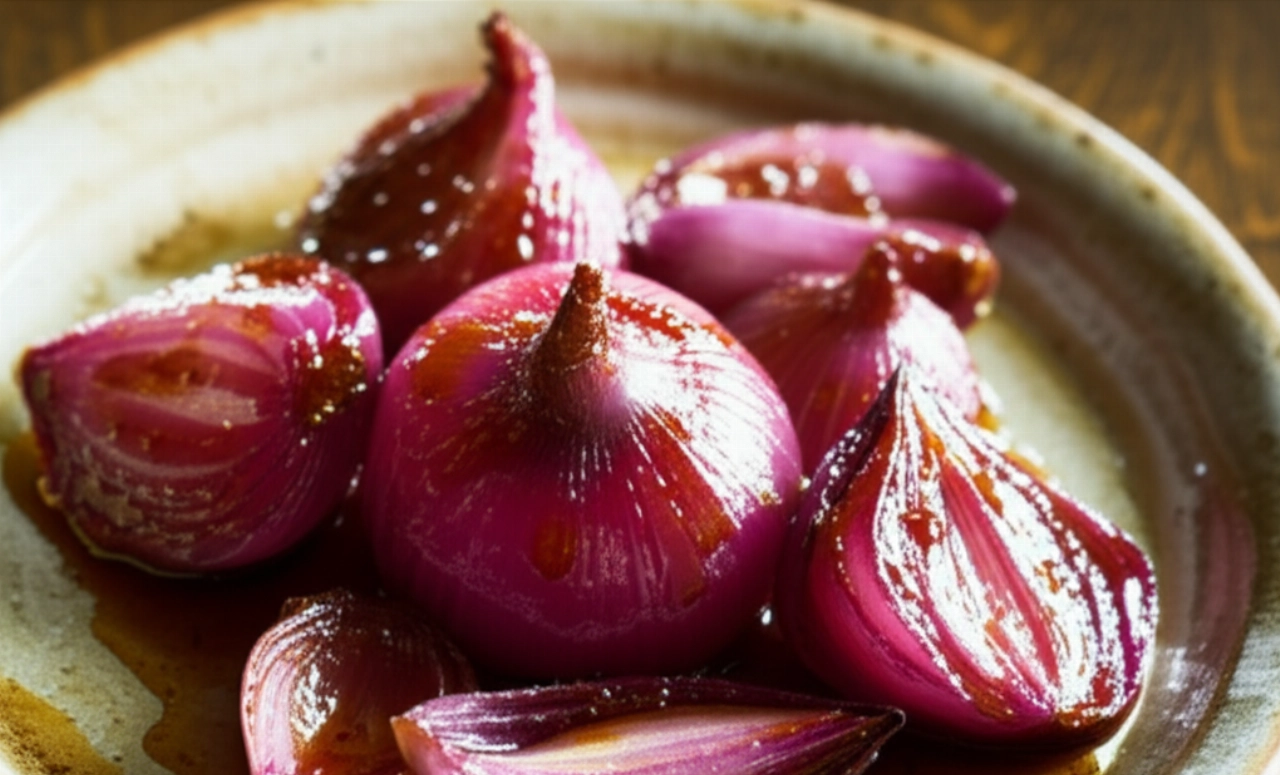
Ingredients for Perfect Agrodolce Onions: The Choice That Makes the Difference
For a dish that tastes of home and tradition, ingredient quality is fundamental. It's not just about quantities, but about carefully choosing each element. Here's what you need for your impeccable agrodolce onions:
- Tropea Red Onions (approx. 1 kg): They are the undisputed queens for this preparation. Their natural sweetness and crisp texture, which softens during cooking without falling apart, make them perfect. Avoid white or yellow onions, which might be too pungent or soft.
- Red Wine Vinegar (150 ml): Not just any vinegar! Good quality red wine vinegar is essential to provide that acidic and aromatic note that balances the sweetness. An overly aggressive vinegar would ruin the balance.
- Granulated Sugar (80-100 g): The quantity may vary slightly based on your taste and the sweetness of the onions. Sugar not only sweetens but also creates the magic of agrodolce, lightly caramelizing and adding shine.
- Extra Virgin Olive Oil (3-4 tablespoons): A good, delicate yet fragrant EVOO is the base for sautéing the onions and binding all the flavors. Don't skimp on quality, it truly makes a difference.
- Water (approx. 100 ml): It will help you create a more fluid agrodolce sauce and cook the onions gently, preventing them from sticking or burning.
- Salt (to taste): To enhance all the flavors.
- Black Pepper (optional, to taste): A final grind can add a touch of vibrancy.
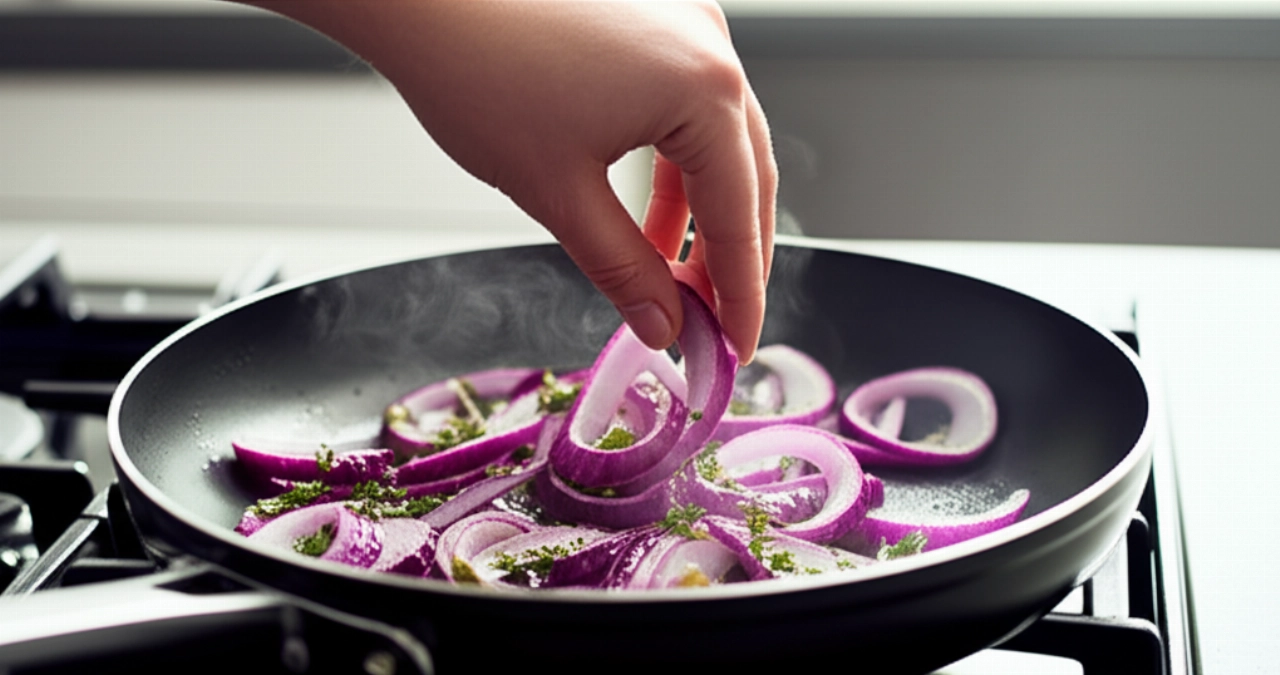
3 Common Mistakes That Ruin Agrodolce Onions (and How to Avoid Them)
Even an apparently simple dish can hide pitfalls. But don't worry, I'm here to reveal the most common traps and how to avoid them, guaranteeing you a result worthy of applause:
- Soft or Mushy Onions: The most common mistake is cooking the onions for too long or over too high heat from the start. They should remain tender but with a slight bite. The secret is slow and gentle cooking, which softens them without destroying them.
- Incorrect Agrodolce Balance: Too acidic or too sweet? Proportions are often mistaken. Patience is key: taste during cooking and adjust as needed. Remember that vinegar needs to evaporate a bit to lose its aggressiveness.
- Bitter Aftertaste: This can happen if the onions are not sautéed correctly or if they burn. Make sure to use a spacious pan and don't overcrowd it, and keep the heat low for even cooking without burning.
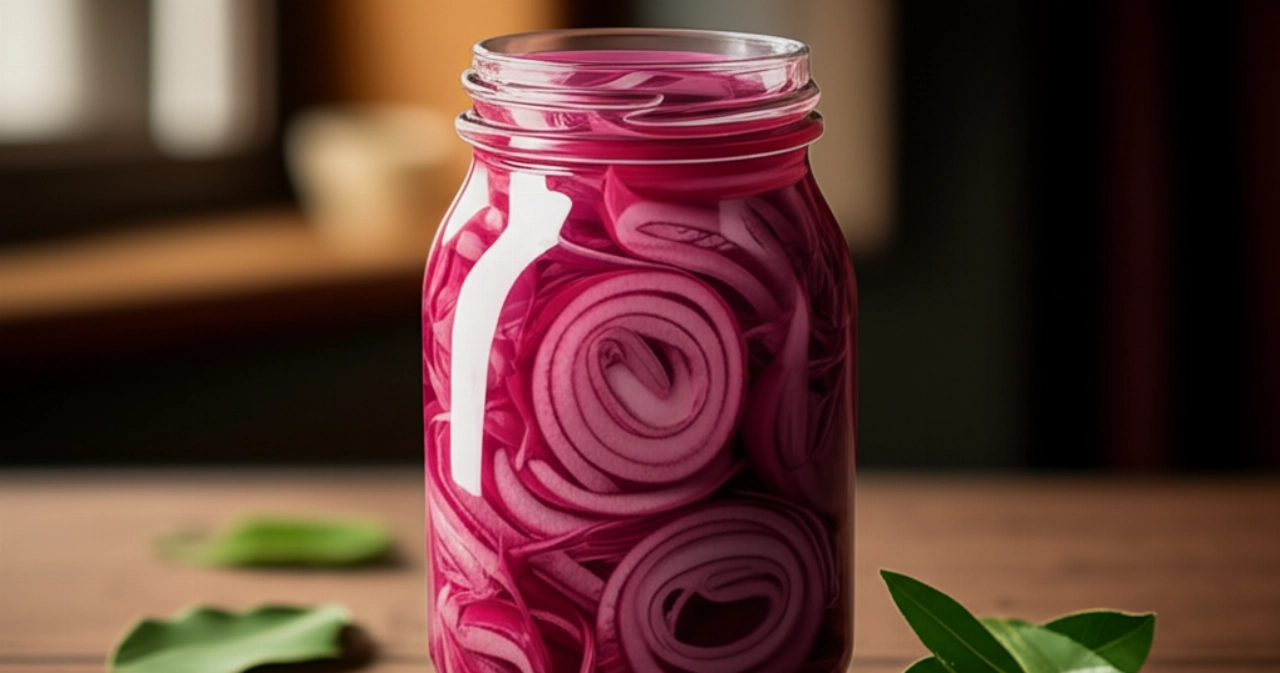
The Extra Touch: The Secret to Shiny, Bitter-Free Onions
My grandmother, the keeper of a thousand kitchen secrets, always taught me that patience is the most precious ingredient. For agrodolce onions, her trick was twofold:
First, after slicing them, she would let them rest for about ten minutes sprinkled with a pinch of salt. This helps them lose some of their vegetable water and reduces their pungency, making them sweeter and more digestible. Then she would quickly rinse and dry them well.
Second, and this is the true secret for shine and the absence of bitterness, was the "gradual deglazing". She wouldn't pour all the vinegar and sugar in at once. She would start with the vinegar, let it almost completely evaporate, then add the sugar, and only at the end, if necessary, a little water to create the perfect sauce. This process allowed the flavors to blend perfectly, without the vinegar overpowering or the sugar caramelizing too quickly.
Let's Prepare Agrodolce Onions Together: The Step-by-Step Guide
Now that we have all the secrets, let's get cooking! Follow each step carefully, and success will be assured.
- Prepare the Onions: First, peel the onions and slice them thinly, but not too thin, so they retain some texture. You can use a mandoline for uniform slices, but be careful with your fingers! If you want to follow grandma's advice, sprinkle them with a pinch of salt and let them rest for 10 minutes, then rinse and dry them well.
- Start Cooking: In a large pan (preferably non-stick and with high sides), pour the extra virgin olive oil. Heat over medium-low heat. When the oil is hot, add the sliced onions.
- Sauté Gently: This is a crucial step. The onions should wilt gently, not fry. Stir often for about 10-15 minutes, until they become transparent and very soft. They should almost melt, but without browning. If you see them sticking, add a tablespoon of water.
- Deglaze with Vinegar: Slightly raise the heat and pour in the red wine vinegar. Let the vinegar evaporate completely, stirring. You'll smell an intense aroma, but don't worry, the acidity will mellow as it evaporates. This step is fundamental to eliminate the most pungent part of the vinegar and leave only its aroma.
- Add Sugar and Water: When the vinegar has almost completely evaporated, add the granulated sugar and water. Stir well to dissolve the sugar and create a sauce.
- Final Cooking: Lower the heat to minimum, cover the pan with a lid, and let it cook for another 15-20 minutes, or until the onions are tender and the sauce has thickened and become shiny. Stir occasionally. The onions should absorb the agrodolce sauce well.
- Adjust Seasoning: Taste and, if necessary, adjust the salt. If you prefer a sweeter or more acidic touch, you can add a pinch of sugar or a teaspoon of vinegar, letting it cook for another couple of minutes to allow the flavors to blend.
- Serve and Enjoy: Your agrodolce onions are ready! They are delicious both hot and warm, but they are best at room temperature or even cold.
Tips and Frequently Asked Questions about Agrodolce Onions
I know every cook has their doubts, and that's perfectly fine! Here are the answers to the most common questions I get asked about this delicious preparation:
- Can I use other types of onions? I highly recommend Tropea Red Onions for their balance of sweetness and texture. You can try with white or yellow onions, but the result might be less sweet and more pungent. In that case, you might need to adjust the amount of sugar.
- How long do agrodolce onions keep? If stored in an airtight container in the refrigerator, agrodolce onions keep perfectly for 4-5 days. In fact, they are even better the next day because the flavors have melded!
- Can I make them less sweet or less acidic? Of course! The beauty of cooking is being able to customize. If you prefer them less sweet, reduce the amount of sugar by 10-20 grams. If you want them less acidic, decrease the vinegar by 20-30 ml. Always remember to taste and adjust during cooking.
- Why are my onions bitter? Bitterness can result from cooking too quickly or over too high heat, which burns the onions instead of letting them wilt. Make sure to cook them over low heat and with patience. The quality of the vinegar can also play a role.
- Can I add spices or aromatics? Absolutely! For an extra touch, you can add a bay leaf, a sprig of rosemary, or a few whole black peppercorns during cooking. Some people also like a pinch of chili pepper for a spicy note.
There you have it! Now you no longer just have a recipe, but all the secrets to bring to the table a side dish that tastes of home, tradition, and love. A true ode to the balance of flavors, capable of transforming a simple ingredient into a masterpiece.
Don't be afraid to experiment. Cooking is an act of creativity and a journey of discovery. But start from this solid base and you'll see that applause won't be lacking, and your agrodolce onions will become legendary!
Have you tried our recipe? We're very curious to see your masterpiece! Leave a comment below, tell us how it went, or share a photo on Instagram by tagging @CercaRicette.it. If you loved these onions, you can't miss our recipe for Agrodolce Peppers or for a perfect main course like Fried Cod.
